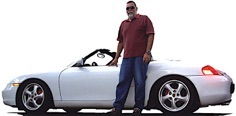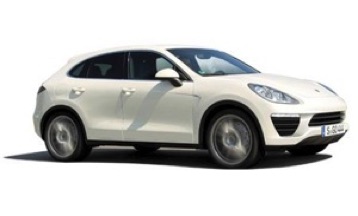
Boxster Prototype Ⓒ 1993

Published in the June 2014 issue of “Die Porsche Kassette”
We all know that air runs over the cylinder’s cooling fins in the old cars, but it’s also air that actually cools the engine oil and/or the antifreeze that runs through the radiators in the newer cars, isn’t it?
Nevertheless, the one question you hear most about Porsches is “Why did they really stop making the air cooled engines?”.
Obviously, people who ask that question don’t consider the 986, 996, 997 C7, 991, C8 and 981 air cooled. That’s OK, I get their point.
There are 3 main reasons why Porsche stopped making the “air cooled” cars.
You pick which one you think is the REAL one.
There’s the “Environmental/Emissions” reason, there’s the “We can’t get more power out of the darned thing” reason and there’s the not-talked-about Porsche was broke reason.
True air-cooled engines have a great advantage in that they are very lightweight when compared to water-cooled ones.
Water-cooled engines have a much better power/displacement performance than air cooled.
So, when Dr. Porsche decided to use a small, air-cooled boxer engine in his newly designed Volkswagen in 1938 and also in his first Porsche in 1948 they were both very good decisions at the time.
Both cars were very light and raw. There weren’t any additional requirements other than getting from point A to point B in an enclosed vehicle (no air conditioning, no radio, no seat heaters, no power windows and power mirrors, no vanity window lights, no 12 volt outlets to power your smartphone ... wait, we’re getting way too far ahead of the times now.
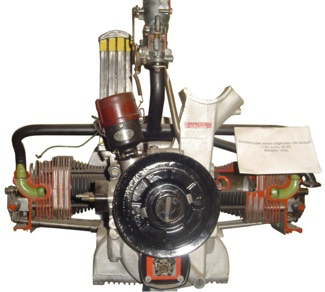
1945 VW engine cutaway
But as time progressed and people demanded more and more from their cars they got heavier and required more power, whether it was for moving the added mass though city streets or for moving the mass faster on racetracks.
Eventually they got to where the engine’s displacement had grown to a point which couldn’t affordably get much better in terms of power (993).
You can also see it as: Porsche wasn’t competitive anymore with the likes of BMW and Ferrari so they had to follow suit.
In 1996 the very stringent OBDII / LEV (low emissions vehicle) regulations came to the USA and the Euro3 and Euro4 exhaust emissions regulations went into effect in Europe. Simply put, the old air cooled technology could not meet these new requirements in a cost-effective manner and Porsche was forced to re-design its power plants.
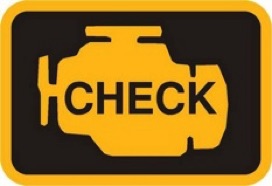
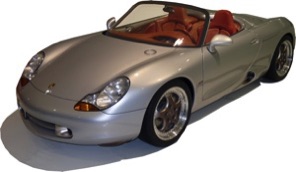
When all of this was happening, in the early 90s, Porsche’s financial situation wasn’t the best either. Let’s be honest... they almost went under!
Car sales had dropped dramatically and in order to stay afloat Porsche needed and introduced an entry-level car which sold for under $40,000 ($39,995.00 in USA).
This entry-level car would also share up to 60% of its parts (including the engine block, front end, dash, headlights, doors, interior, etc.) with the new-to-market 1999 water-cooled Carrera 996, therefore reducing manufacturing costs.
By producing two platforms in the same, new production line, Porsche was able to drastically reduce manufacturing costs.
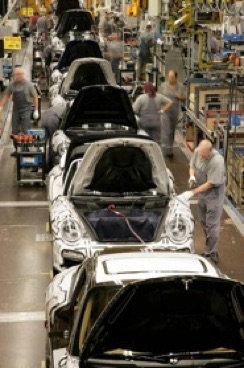
This, coupled with the instant success of the Boxster, quickly put Porsche, not only back-in-the-black, but it also became one of the most profitable car manufacturers...err, excuse me, vehicle manufacturer since now Porsche is selling more trucks than sports cars.
But, if you look closely, even the trucks (Cayenne and Macan) have radiators that are cooled by AIR, so that’s why I say “they’re ALL air cooled!” ;)
For more information on air/water cooled technology, please visit my website: www PedrosGarage.com.
Happy Porsche’ing,
Ⓒ2014 Technolab / PedrosGarage.com

